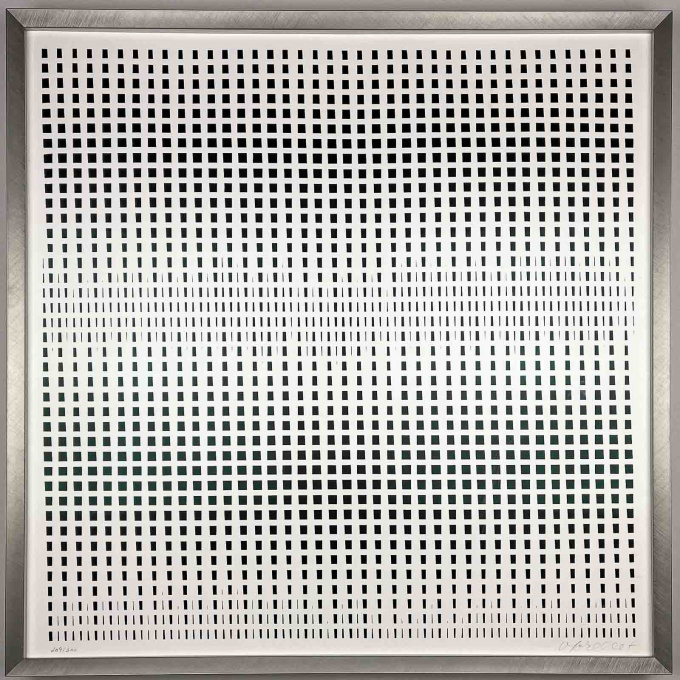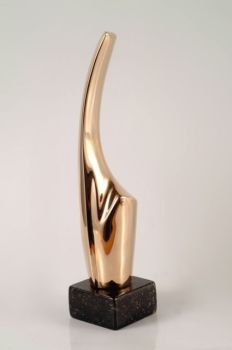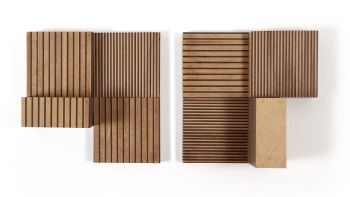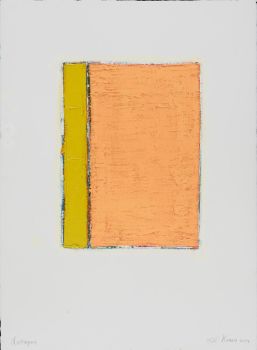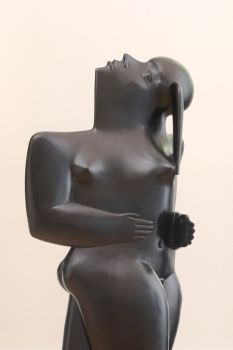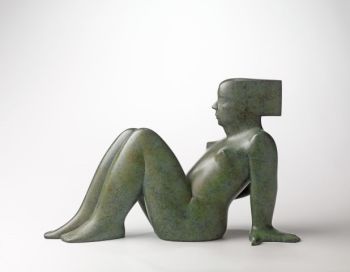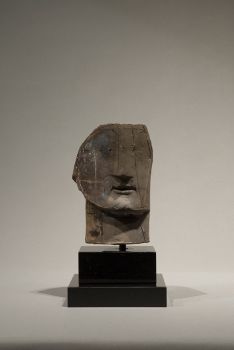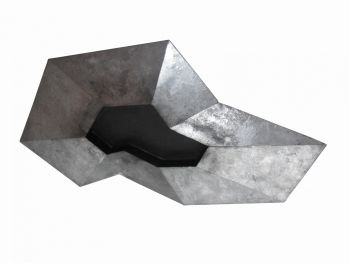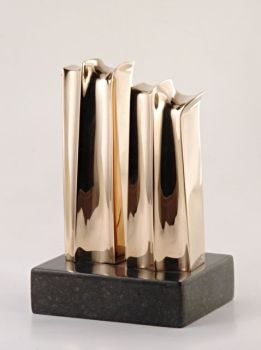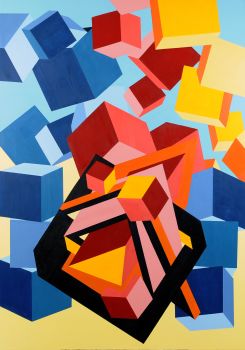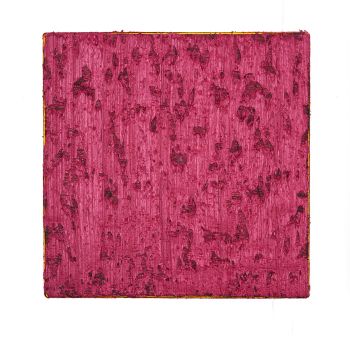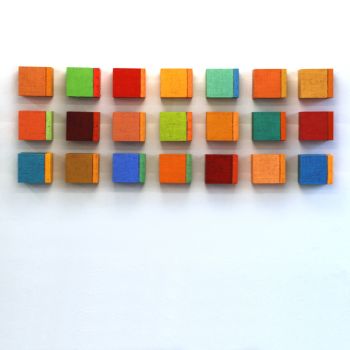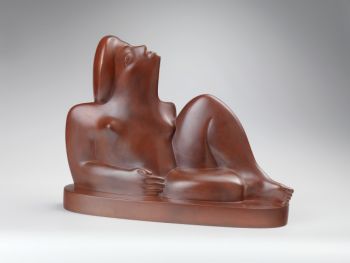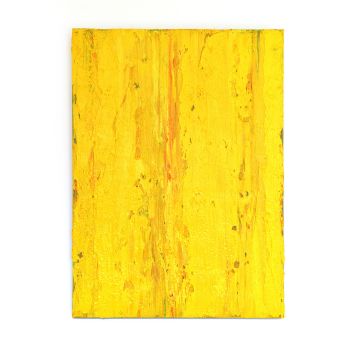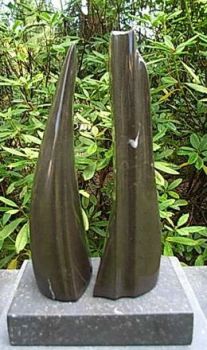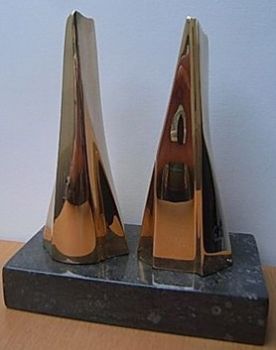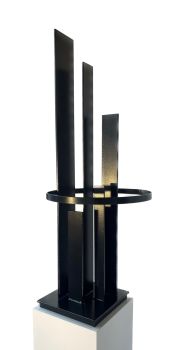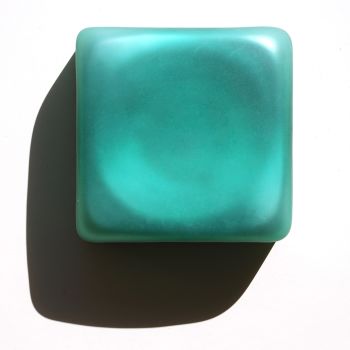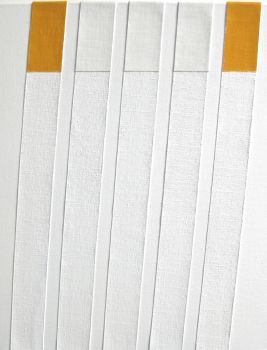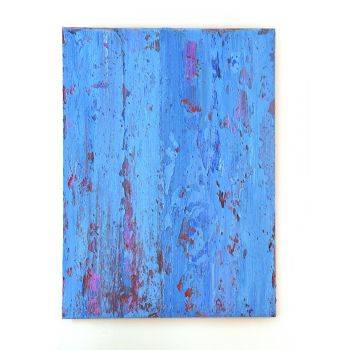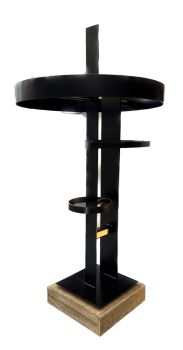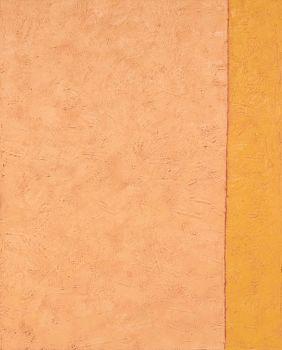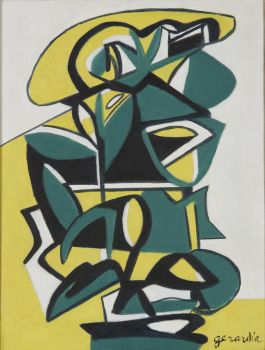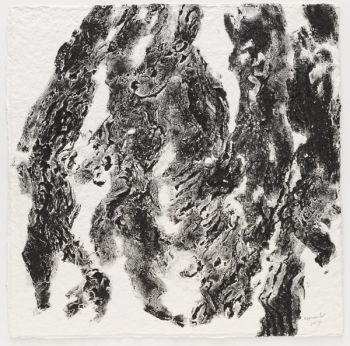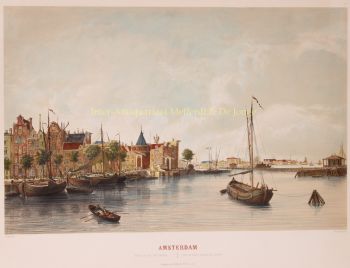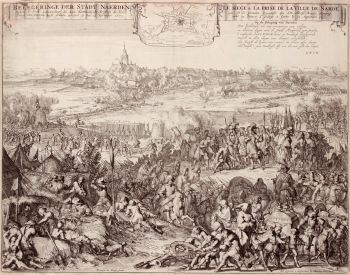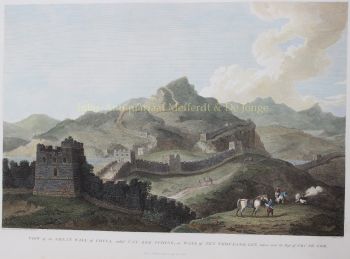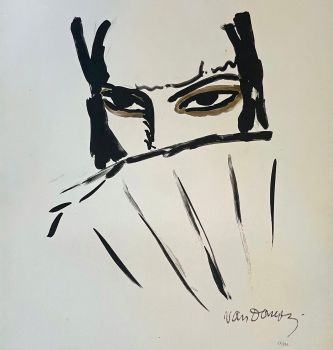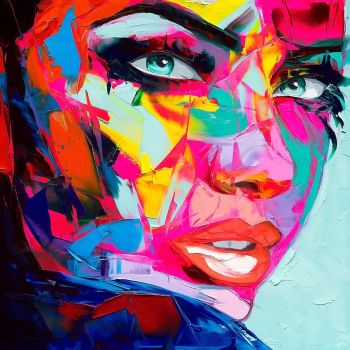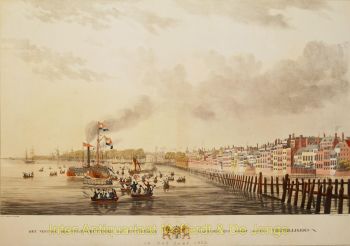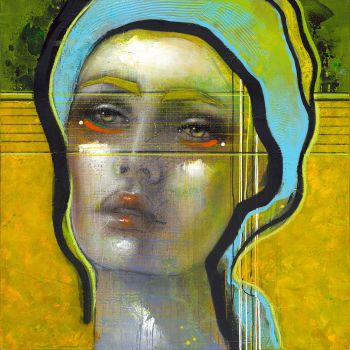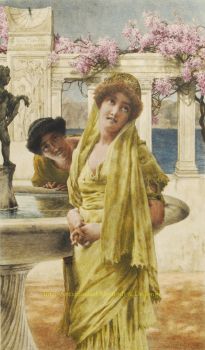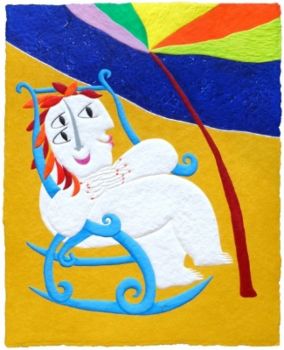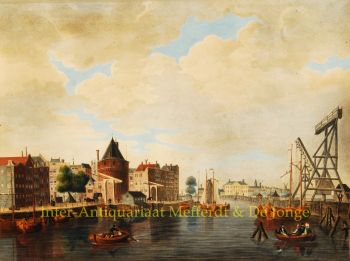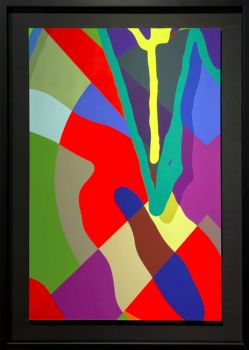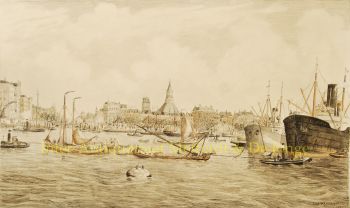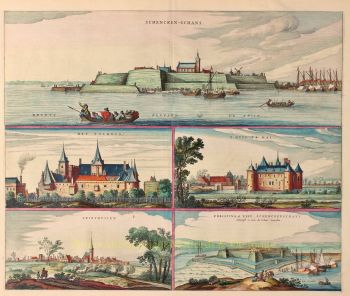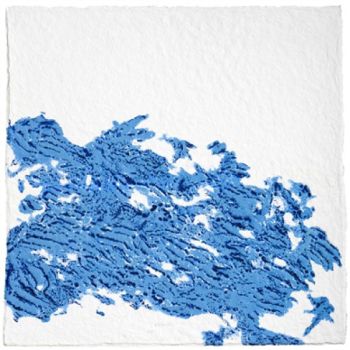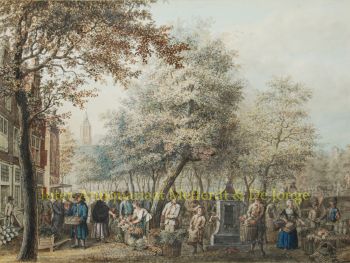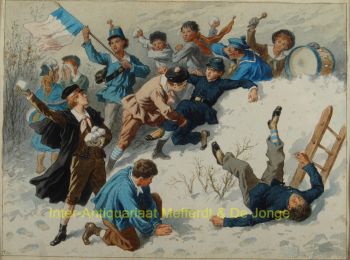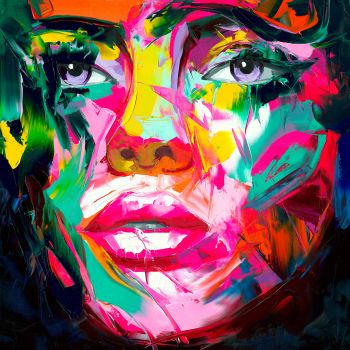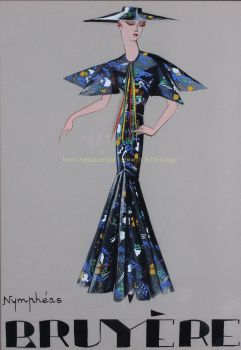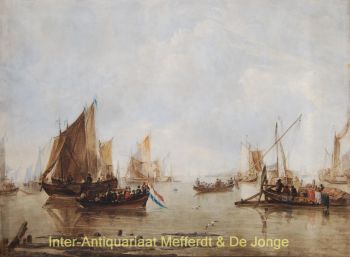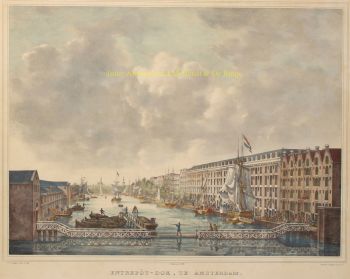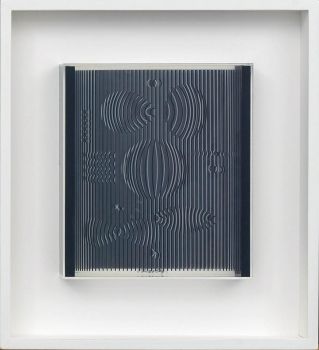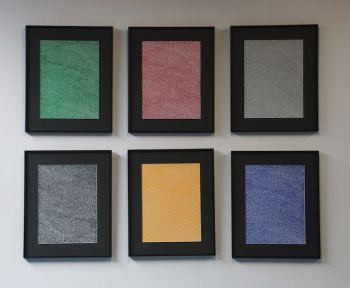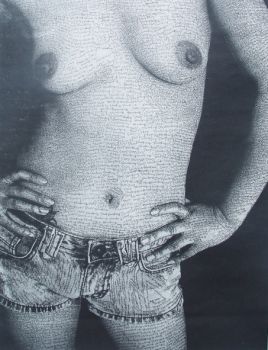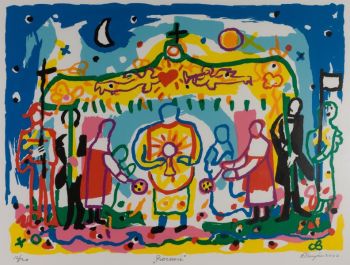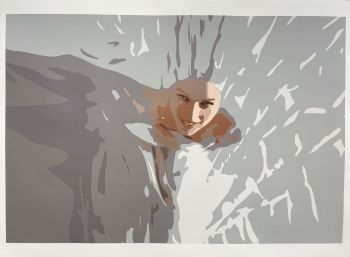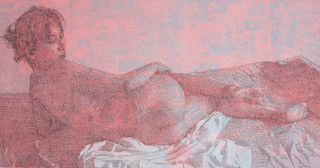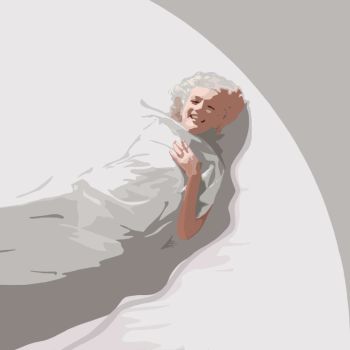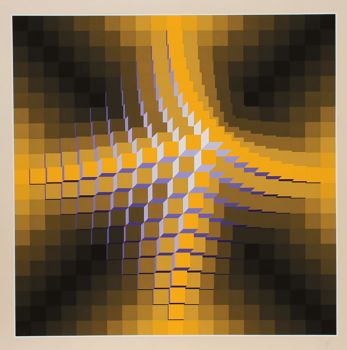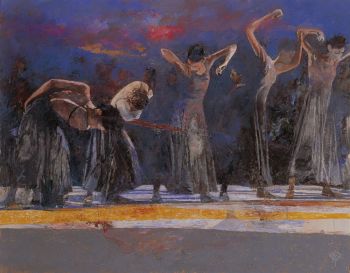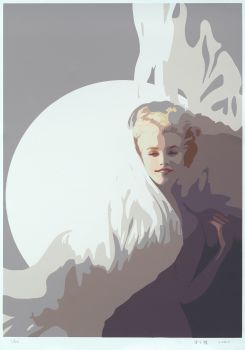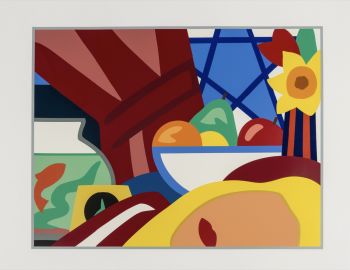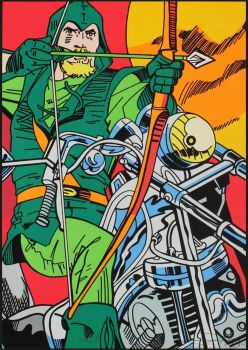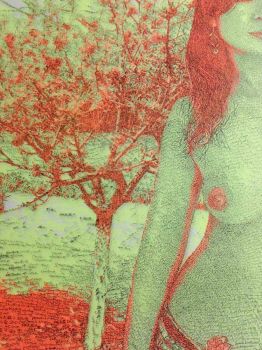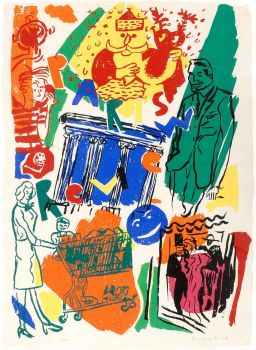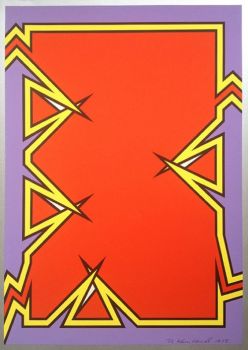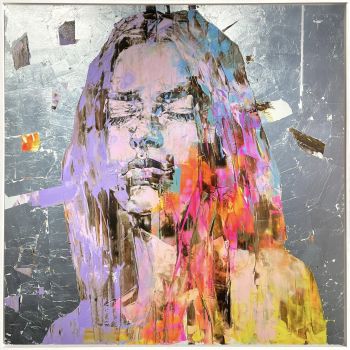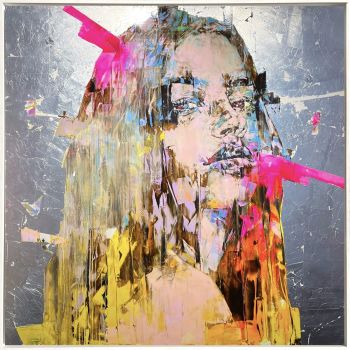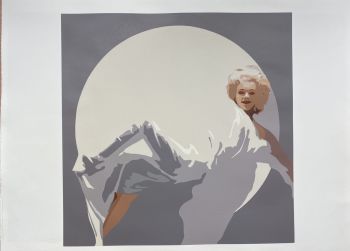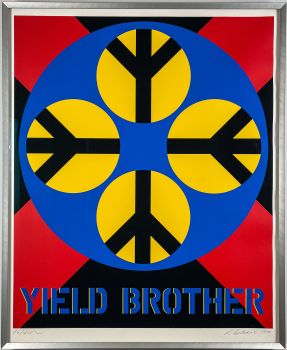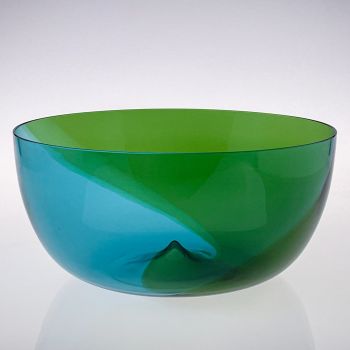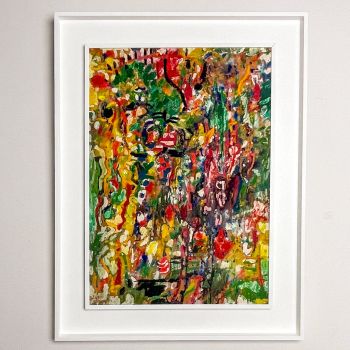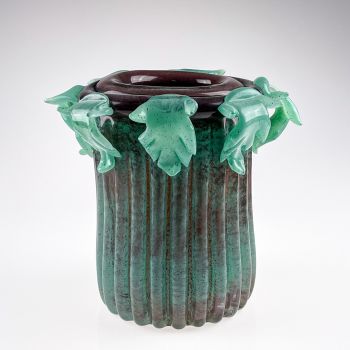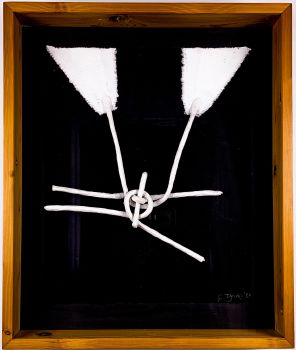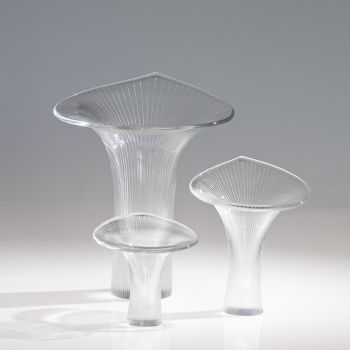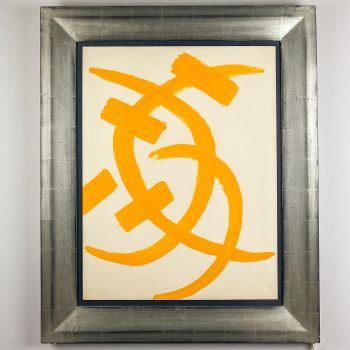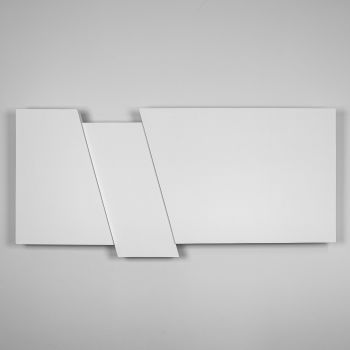“Trames” 1970 – silkscreen on wove paper, framed museumglass 1970
François Morellet
PapelImprimirSilk-screen
67 ⨯ 67 ⨯ 6 cm
ConditionVery good
€ 1.750
Van Kerkhoff Art
- Sobre arteSilkscreen op wove paper, printed in 1970. Signed and numbered (209/300) by the artist in pensil.
Professionally framed in brushed aluminium frame with museumglass.
About François Morellet
François Morellet (Cholet 1926 – Cholet 2016) was a French painter, sculptor, and light artist. François Morellet ‘s early work prefigured minimal art and conceptual art, and he played a prominent role in the development of geometrical abstract art.
Morellet began his artistic career – still working in his parents’ business – as a autodidact painter. His work was influenced by the work of the Dutch painter Piet Mondriaan and by the French painter Pierre Dmitrienko (Nouvelle École de Paris).
As early as 1950 he called himself an abstract painter and around that time he already had his first exhibition at Galerie Creuze in Paris. His first “sphère trame” dates from this period.
In the 1960’s, together with artists such as Francisco Sobrino, Horacio Garcia Rossi, Julio Le Parc, Yvaral and Joël Stein, he started experimenting with kinetic art within the artists’ group “Groupe de Recherche d’Art Visuel”, which wanted to experimentally explore the possibilities of visual art in a scientific way. He also participated in the international movement “Nouvelle Tendance”.
In 1963, Morellet began to create light objects using neon tubes after the example of the American Dan Flavin. From the end of the sixties, Morellet started to occupy himself with art in relation to architecture and art in public spaces. Examples of these projects are: the Centre Culturel in Compiègne, the La Défense district in Paris and contributions to the sculpture park of the Kröller-Müller Museum in Otterlo.
Morellet’s work is considered to be geometric abstraction and it fits in with the minimalism of Donald Judd, Ellsworth Kelly, Sol LeWitt and Frank Stella. At the same time, there is an affinity with Dadaism.
Many international musea represent Morellet’s work, among many others: Centre Pompidou, Paris; Tate Gallery, London; MoMa, New York; Los Angeles Museum of Art (Lacma); The Tel Aviv Museum and Nationalgalerie, Berlin.
Signed
Signed and numbered (209/300) by the artist in pensil.
Condition
Very good condition, full margins.
Dimensions
Sheet
Height 64 cm
Width 64 cm
Frame
Height 67 cm
Width 67 cm
Depth 6 cm - Sobre artista
François Morellet (30 de abril de 1926 em Cholet - 11 de maio de 2016) foi um artista francês. Ele atuou em várias formas de arte ao longo de sua carreira, incluindo pintura, arte leve, escultura e artes gráficas.
Morellet iniciou sua carreira artística ainda trabalhando na empresa de seus pais, como pintor. A partir de 1948 aprendeu sozinho a pintar e alguns anos depois foi aprendiz de pintor profissional.
Seu trabalho foi influenciado por artistas como Piet Mondrian e o pintor Pierre Dmitrienko (Nouvelle École de Paris). Ele se autodenominava um pintor abstrato já em 1950 e teve sua primeira exposição na Galerie Creuze em Paris nessa época. Sua primeira esfera trame data desse período.
Nos anos sessenta começou a experimentar a arte cinética junto com artistas como Francisco Sobrino, Horacio Garcia Rossi, Julio Le Parc, Yvaral e Joël Stein, dentro do grupo de artistas Groupe de Recherche d'Art Visuel. Este grupo queria investigar cientificamente as possibilidades da arte visual experimentalmente. Ele também participou do movimento internacional Nouvelle Tendance.
Em 1963, Morellet começou a fazer objetos leves usando tubos de néon, inspirados no americano Dan Flavin. A partir do final dos anos 1960, Morellet começou a se concentrar na arte em relação à arquitetura e à arte no espaço público. Exemplos desses projetos são o Centre Culturel em Compiègne, o distrito de La Défense em Paris e as contribuições para o parque de esculturas do Museu Kröller-Müller em Otterlo.
O trabalho de Morellet é classificado como abstração geométrica e se encaixa bem no minimalismo de Donald Judd, Ellsworth Kelly, Sol LeWitt e Frank Stella. Ao mesmo tempo, mostra parentesco com o dadaísmo.
Um exemplo típico de seu trabalho é NoEndNeon no Zentrum für Internationale Lichtkunst em Unna, onde ele fez esta instalação especialmente para um espaço subterrâneo do museu de arte leve.
Você está interessado em comprar esta obra de arte?
Artwork details
Related artworks
- 1 - 4 / 24
- 1 - 4 / 24
Victor Vasarely
"Venus", multiple 1987 - professionally framed, museumglass1987
€ 3.700Van Kerkhoff Art
 Com curadoria de
Com curadoria deDanny Bree
William Rosewood
She Loves Me, She Loves Me Not2019 - 2020
Preço em pedidoGalerie Mia Joosten Amsterdam
1 - 4 / 24Victor Vasarely
"Venus", multiple 1987 - professionally framed, museumglass1987
€ 3.700Van Kerkhoff Art
 Com curadoria de
Com curadoria deDanny Bree
1 - 4 / 12

